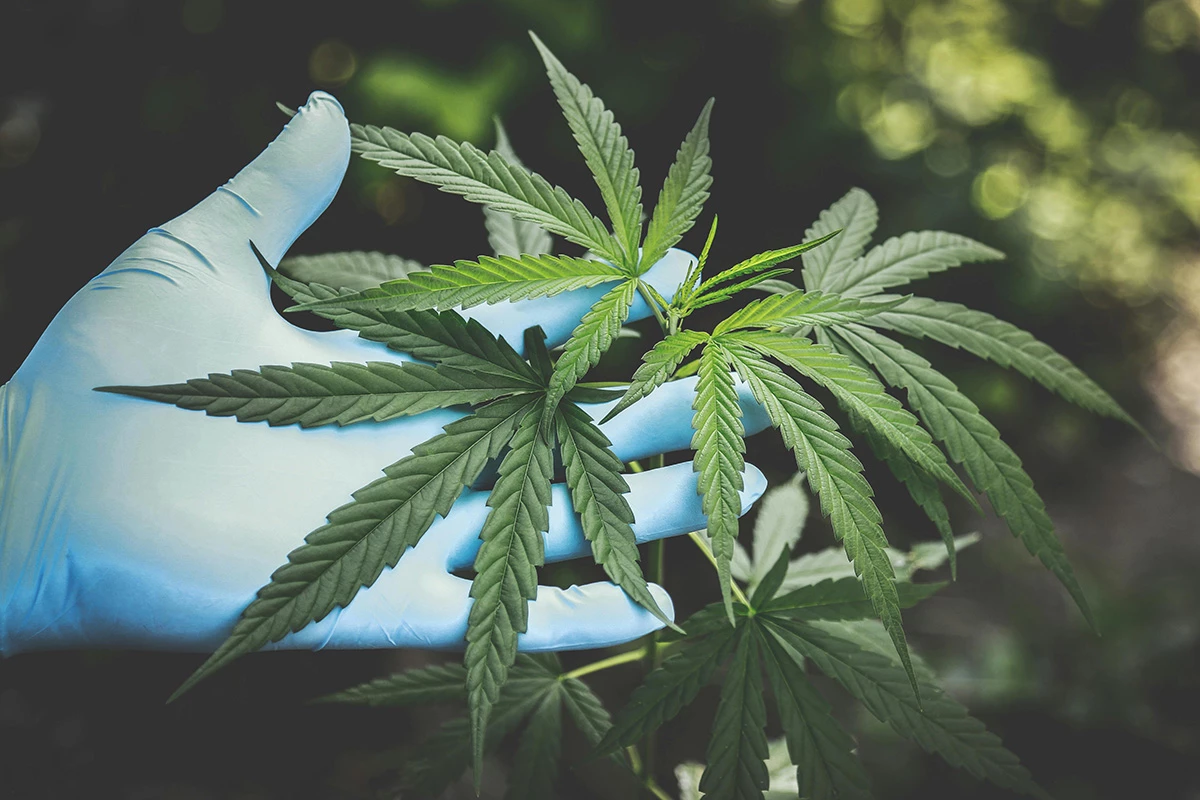A team of biologists from Australia has developed a groundbreaking scanning device that can accurately determine the potency of cannabis plants prior to harvesting. This innovation is particularly significant for both medical cannabis growers and industrial hemp farmers, as it helps ensure compliance with strict regulations regarding the levels of Tetrahydrocannabinol (THC) in their crops.
THC is the psychoactive component in cannabis that produces the high associated with its consumption. As regulatory frameworks around cannabis cultivation become increasingly stringent, the ability to measure THC content early in the growth cycle becomes essential. “The capacity to predict cannabinoid profiles weeks before harvest has significant implications for cannabis production, enabling growers and breeders to enhance product quality, reduce costs, and ensure regulatory compliance,” stated Dr. Aaron Phillips, who led the study published in the journal Industrial Crops and Products this month.
By utilizing this scanning technology, growers can identify plants that are likely to yield optimal cannabinoid content and avoid dedicating resources to lower-quality specimens. Furthermore, accurate predictions regarding cannabinoid content allow for better planning of harvesting times, ultimately maximizing yields while minimizing the overall growth cycle duration.
Innovative Scanning Technology
The research team has developed a leaf-scanning method that operates on intact fan leaves, providing instantaneous readings. This approach eliminates the need for cutting samples and conducting labor-intensive laboratory analyses, such as high-performance liquid chromatography (HPLC) or gas chromatography coupled with mass spectrometry (GC-MS), both of which require hazardous chemicals.
The device employs a technique known as fan leaf hyperspectral reflectance (FLHR), taking measurements across a plant’s canopy during both early and late flowering periods. Using specialized broadband halogen lighting and a spectroradiometer, the scanner captures the precise wavelengths of light that reflect off the leaves. This allows researchers to assess the biochemical composition within the leaf without the need for destructive sampling.
The spectroradiometer collects data across 2,151 wavelength bands from a small area of a leaf, feeding this information into machine learning models that identify patterns linked to desirable cannabinoid concentrations. The technology accurately predicts the final cannabinoid content in fully matured plants by analyzing the spectral profiles of their leaves alongside actual cannabinoid concentrations at harvest.
To validate the reliability of their model, the researchers implemented a “leave-one-out” validation scheme. This method involved training the model on data from nearly all the plants in the study and then testing it on one previously unseen plant. This process was repeated for each of the 70 plants involved in the research, ensuring the model’s robustness under realistic conditions.
Future Implications and Developments
The researchers are committed to expanding their technology to encompass additional genotypes and are investigating the earliest growth stages where accurate predictions of cannabinoid content can be made. Collaboration with the German spectral sensing firm Compolytics aims to create a compact device comparable in size to a supermarket barcode scanner, enhancing accessibility for growers.
Looking ahead, Dr. Phillips noted an ambitious goal: “We aim to test our approach with drones that can scan fields of hemp to identify plants that exceed legal THC thresholds.” This advancement could revolutionize the way cannabis is cultivated, ensuring compliance and improving the overall quality of the crop while significantly reducing the risks associated with THC regulation violations.
This innovative scanning technology not only holds promise for the cannabis industry but also underscores the ongoing evolution of agricultural practices in response to regulatory demands and market needs. As researchers continue to refine their methods, the potential for enhanced crop management and quality assurance becomes increasingly attainable.







